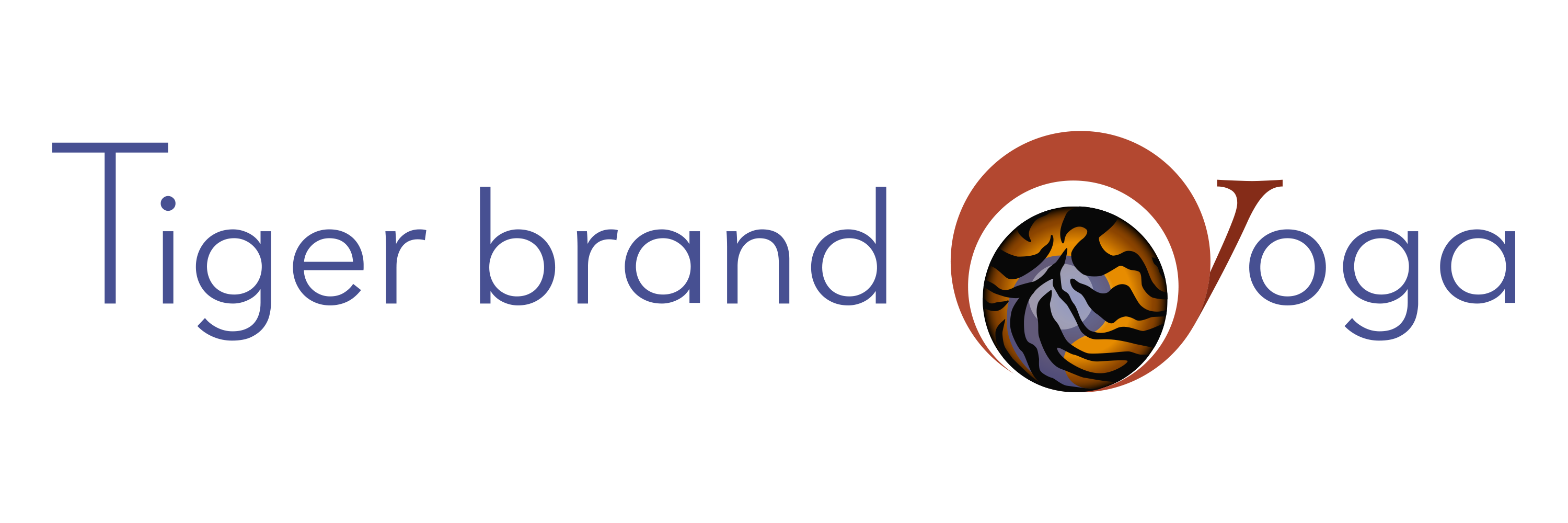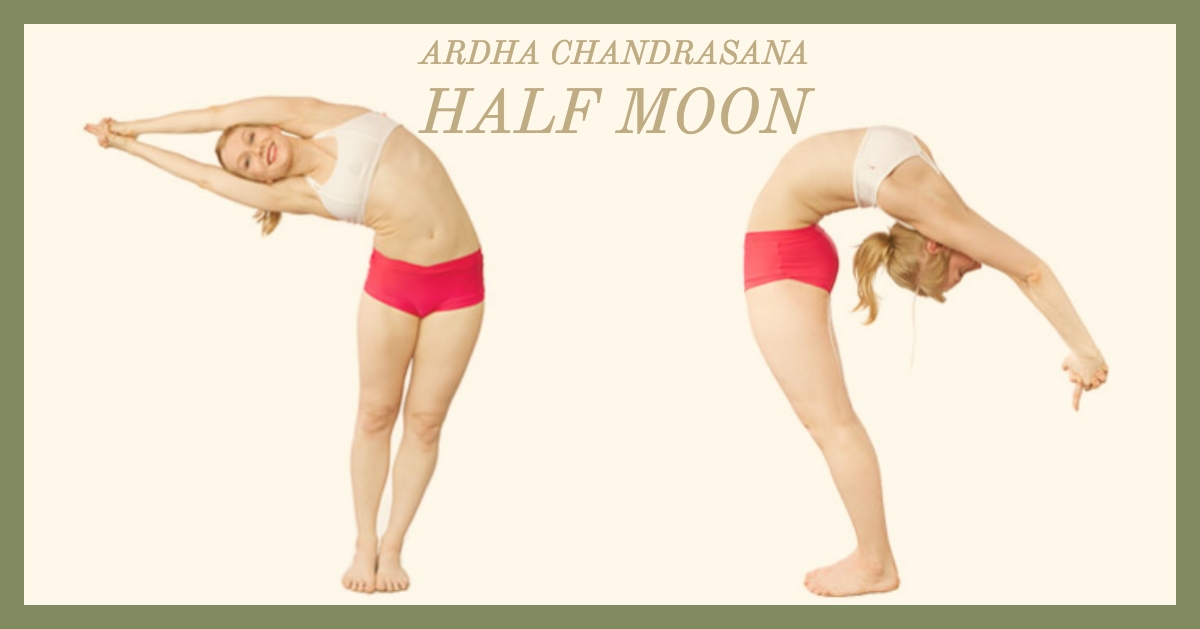It’s been a long time I have been teaching the Bikram postures on a regular basis. 16+ years. I have decided to take the time and break them down.
Put to words what I know about the history of the postures, some notes about alightment and anatomy, and the notes from the various sources from the Ghosh lineage. The first posture is he Half Moon.
Ardha Chandrāsana
The Half Moon is technically two different postures,
Pārśva Ardha Chandrāsana the lateral half moon or a lateral stretch, and
Ardha Chandrāsna or the Half Moon or a backbend (pictured above). As taught in the Bishnu Ghosh Lineage is an intense stretch for the spine.
Pārśva (
पार्श्व) refers to the “sides” The words derive of course form Sanskrit,
Ardha Chandrāsana (Sanskrit:
अर्धचन्द्रासन),
Ardha meaning “half”,
Candra or
Chandra (
चन्द्र) meaning “moon” or “luminous, as in the light from the moon” (
wikipedia). And Asana is from the root
As (आस ) or seat, to sit down.
This is among the first postures in the Bikram Series also know as the 26&2 : 26 postures and 2 breating exercises. The half moon is inclinded in many Intermediate classes. It is also part of the “Advanced series” or the Bikram/Ghosh traditional 84 Asanas, although there is debate about what was the original 84 classical asanas, or even if one exists. A variation is taught for the Ghosh Yoga Therapy, more dynamic movement (side bending only).
Other lineages teach this in a much different way. (see picture) The origins of this variation I believe to be from the Krisnamacharya lineage (See the photo below). The current thinking among the yoga scholars as to the age of this posture seems to point to the modern ear (from the 19th century at best). In fact many of the postures we practice today have roots in only the last 150 years or so. (read Mark Singleton’s The Yoga Body). So, what is happening in the body, What are the controversies? What does the Bikram / Ghosh Lineage say about this posture?
This is the side bend taken from Yoga Journal. This kind of side bend is not taught in the Ghosh Lineage.
How do we do it ?
Pārśva Ardha Chandrāsana . We start with brining the feet together and then brining the arms over the head sideways, the fingers interlaced and the index fingers pointed while thumbs say crossed. The arms (the biceps) with the ears! Neck and spine long. In the class we do a bit of a warmup by bending right and left a few times before stretching to the sides. After stoping in the middle we can try to stretch up before going into the main movement – Slowly bend right and continuously push the hips to left all the while trying not to let the spine twist, arched back, or hunched forward. The front side of the body is opened and the back of the body stays tall. To tweak the alignment we make sure the hips are even and the shoulders are not hunched forward or the lower back isn’t arched in a backbend. Starting from the feet up, the feet stay together. Knee caps lifted and legs straight. Hold in stillness. Don’t forget to breathe! The intentions is to deeply stretch the whole side of the body. This is know as Lateral Flexion.
Food for thought : The warmup part
there are actually two ways to consider when doing the warmup (stretching right and left) movements. In the dialogue from Bikram it says “Stretch up to the ceiling, right and left several times, right and left, right and left. You should feel stretching down both sides of the body, all the way up to the fingertips”.
Consider this: Stretch the right side up as much as you can, in fact lengthening the right side up towards the ceiling until you can’t go further up, then stretch the left side up in the same way like you are trying to touch the ceiling. The movement is smaller think of a snaking motion up until you can’t stretch up anymore then stop in the middle. Try that way for a few times and you might find a new stretch in the pose.
However also consider that going in big moments right and left is also good as a warm up, loosening up the spine and preparing for the deep bends.
As we are flexing the spine to the side.
Some Anatomy
Pārśva Ardha Chandrāsana / The lateral Stretch
There seems to be many good effects on the heath and suppleness from practicing this posture. Mostly do to the stretching of the facia and increasing blood circulation to the spine. It is touted as a great posture for back problems. As you can see here depicted on the picture above, we can get an idea about the muscles that we are stretching and contracting. The side bend bends target the Obliques, the Rhomboids, and the Spinal muscles (Iliocostalis and longissimus). It’s our warming up posture for the sequence and usually held for around a minute. These are great warm-ups for the backbends too. Pushing from the hips helps stoping us from only stretching the ribs and thoracic spine allowing us to get into not only the obliques but possibly all the way down to the feet and the
tensor fasciae latae (TFL) which run more or less along the sides of the thighs. Be careful if you
Part too coming soon.




Comments are closed